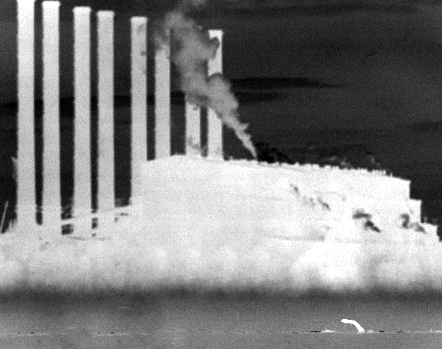Bacteria could help capture CO2
 Bacteria may form an exciting new generation of stored carbon dioxide (CO2) monitors.
Bacteria may form an exciting new generation of stored carbon dioxide (CO2) monitors.
In fact, researchers say that not only can bacteria function as a sensor, it can convert CO2 into useful products, such as ethanol and acetate.
Researchers at the Scottish Association for Marine Science (SAMS) and the University of Oslo say new bioinformatics tools enable researchers to read shifts in microbial community genetics—making it possible to detect potential CO2 leaks.
They say such analyses could contribute to making large-scale capture and storage of CO2 feasible.
Carbon capture and storage (CCS) requires capturing CO2 from large point sources and storing it in underground geological formations. The process is a promising way to keep the emissions out of the atmosphere and reduce their effects.
“One of the biggest concerns with carbon capture storage is the environmental impacts if there is a leak…how would we know about it, how would we detect it, and what would the environmental implications be,” said researcher Dr Natalie Hicks.
Dr Hicks’ team said that in addition to physical methods of monitoring CCS sites, such as measuring CO2 levels, which currently lack clear protocols and can be difficult at remote sites, it should be possible to monitor the bacteria and archaea living in sediment overlying these sites to detect potential leaks.
Leak experiments have previously detected changes in the microbial communities around sources of CO2, before other organisms were visibly affected.
But the researchers say the technology will depend on the development of tools to sequence and analyse the genomic and metagenomics data in microbial communities, relate it to environmental conditions, and allow for the detection of small-scale changes in microbial response, such as a CO2 leak.
Dr Hicks and her colleagues further argue that in addition to monitoring for leaks, bacteria and archaea could help convert stored CO2 into useful products, including ethanol, acetate, acetone, lactate, and methane.
By manipulating the types of microbes around CCS sites, it could even be possible to convert some of the CO2 into fuels or other products for industrial use, a process known as carbon capture and utilisation (CCU).
They discuss the idea in detail in a new article in Trends in Biotechnology.







 Print
Print